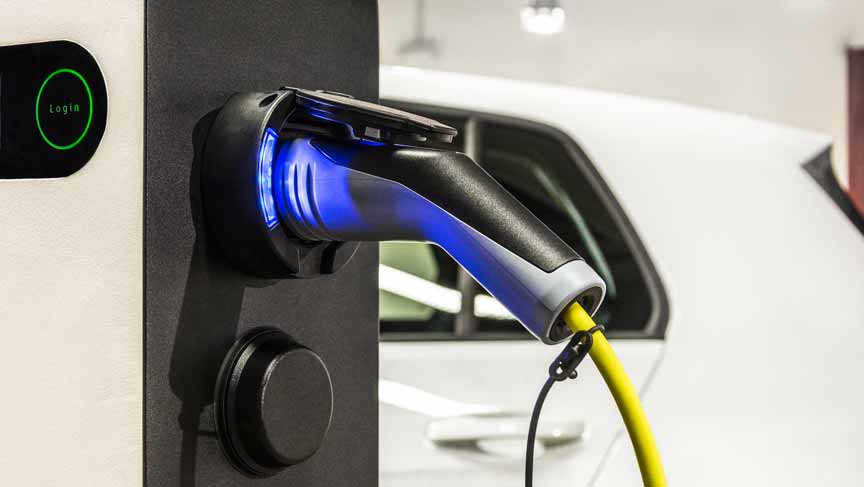Insight
Guide to EVs part one: EVs are practical

Over the last decade, electric vehicles have moved from being an option for an environmentally conscious niche, to becoming the best purchase option for many fleets.
In recent years we have seen a wave of new EVs released, including small city cars, premium SUVs, vans, buses and large trucks. Electric cars and small to medium vans offer economic and sustainability benefits. As a result, EV registrations continue to grow, with plug-in vehicle registrations reaching 16% of the total in May 2020.
However the challenges for fleets transitioning to EVs remain. Vehicle range is still limited for larger vans, and infrastructure constraints are being faced as businesses increase their EV fleet size.
This four-part series of short articles aims to provide some pointers and information for those at the early stages of their transition to an electric fleet.
- Will EVs be able to do what I need them to do, are they practical?
- If they are practical, will they save me money?
- How can I charge an EV?
- With such a rapidly changing sector, what risks, growing pains and challenges should I consider?
Electric vehicles are practical for most car and small van journeys and a growing number of larger van uses
Vehicles are used to move people and goods around – if they can’t travel far enough or carry enough weight then they are not much use.
Batteries can currently hold less than 2%* of the energy contained in the same weight of petrol or diesel. Ultimately this means that EVs are unlikely to match the range capabilities of Internal Combustion Engine (ICE) vehicles until a step-change in battery technology is reached.
However, EVs do not need to visit a petrol station to recharge, but can be charged at home, offices and other sites when parked up. The lower range therefore does not prevent their application for businesses using cars and small and medium vans, which account for almost 80% of fuel consumption in the UK.
Technology is developing fast; there are now over 300 EV models available to order in the UK from over 30 manufacturers. This includes pure EV and plug-in hybrid EVs (PHEVs). One of the most successful electric vans to date is the Nissan eNV200, first released in 2013 with a practical range of less than 100 miles, the latest 2018 version claims a real-world range of 187 miles.
But is a maximum range of 187 miles sufficient? Our analysis of a London and SE England utility fleet indicated that almost three-quarters of small vans never travelled more than 150 miles in a single journey. EVs available today can easily travel far enough on one charge for the vast majority of many fleet needs. This assumes that it’s easy to recharge wherever we park and rapid chargers are readily available to support longer journeys. These are both questions we will address in part 3.
Most fleets can therefore kick off their transition to EVs now. With all major vehicle manufacturers continuing investment into EVs, the more challenging use-cases will be unlocked in the coming years.
*EV battery –224Wh/kg. = 0.224kWh/kg, Petrol – 46.5 GJ/tonne, 3.6MJ/kWh = 12.91kWh/kg, Battery to petrol: 1.7%
Authored by Jonathan Bassett, Technology and Innovation Consultant




